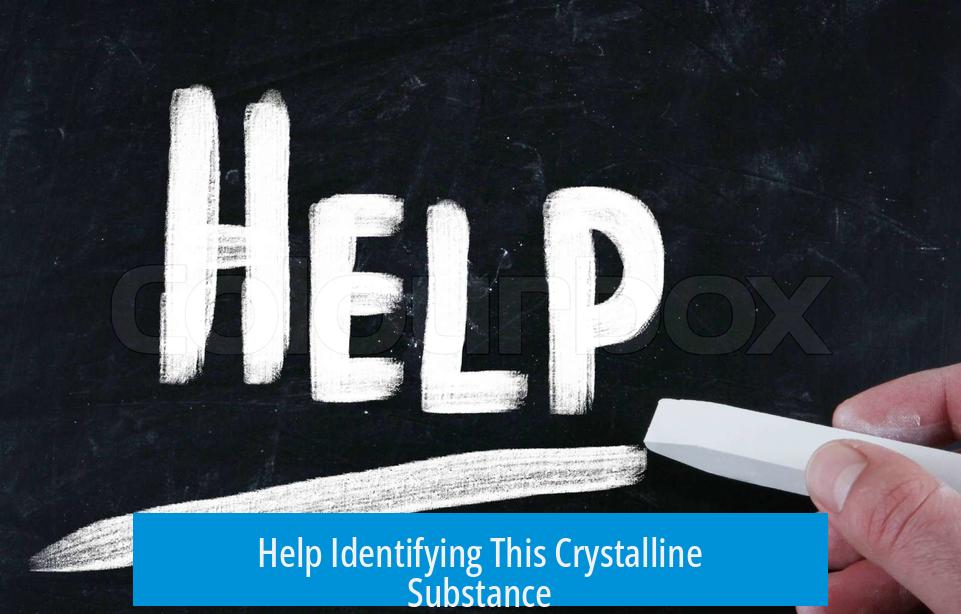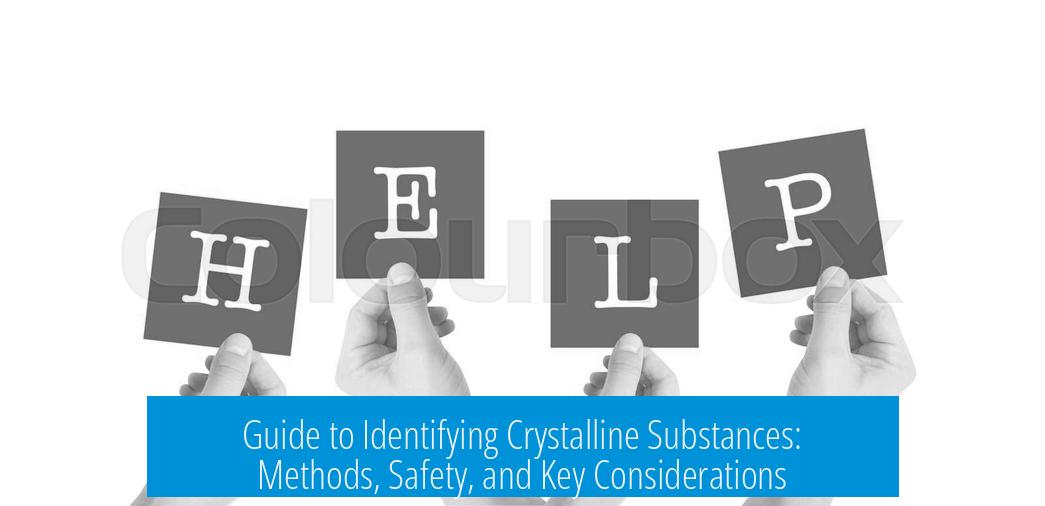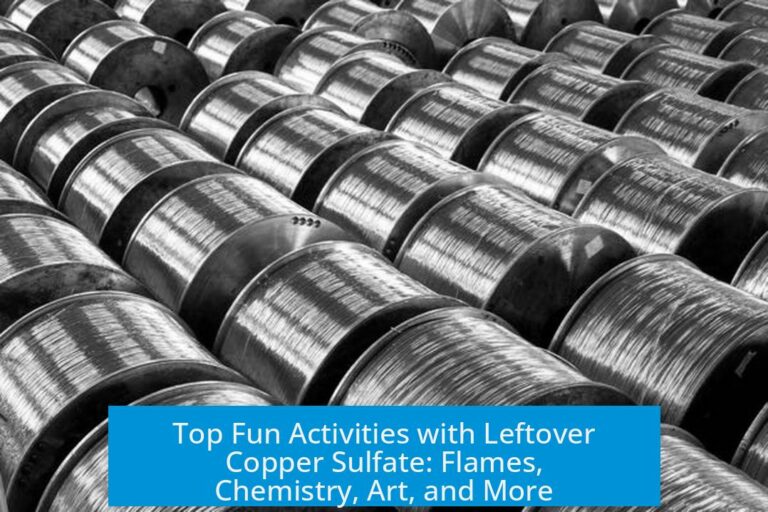Help Identifying This Crystalline Substance

The crystalline white substance that appears intermittently in indoor environments is most likely saltpeter (potassium nitrate) or a form of efflorescence resulting from moisture and soluble salts migrating to the surface. Other possibilities include biological growth such as mold or fungal residues, or residues from chemical spills. Identification requires careful testing and observation.
Understanding the Possible Identities
Saltpeter (Potassium Nitrate, KNO3)
Saltpeter is a white crystalline salt known chemically as potassium nitrate. It can form when nitrate-rich solutions come into contact with porous surfaces, then evaporate, leaving the crystalline residue behind. This compound commonly appears in humid, dark places where moisture and nitrogen compounds coexist.
- Typically found in basements, cellars, or near outhouses.
- May originate from spills of nitrate-containing fertilizers or chemical solutions.
- Characterized by a fine, powdery, crystalline texture.
While saltpeter formation inside a modern house is unusual, residual contamination or past spills can explain its presence. The nitrogen source and moisture enable its crystallization.
Efflorescence: Mineral Residue from Moisture
Efflorescence is a common occurrence on porous materials like concrete, brick, or wood. It results when moisture dissolves soluble salts within the material or surrounding soil and carries them to the surface. Upon evaporation, the salts crystallize and deposit as white powdery residues.
- Visible as white, ashy, or crystalline deposits.
- Typically results from hard water or groundwater containing dissolved salts.
- Common in damp areas with poor ventilation or persistent moisture risks.
Efflorescence is not a specific chemical but a general phenomenon indicating moisture intrusion and salt migration. Identifying the specific salt requires testing.
Mold, Mildew, and Biological Growth

The white crystalline appearance could sometimes be mistaken for biological growth, especially fungal or mold-related residues.
- Fungal growth like white rot fungus can produce powdery or crystalline textures on wood.
- Mold residues may appear white, especially in early or dried stages.
- Accompanied by musty odors or wood softening when biological decay is involved.
These biological sources often correlate with wood deterioration, moisture problems, or poor air circulation.
Chemical Spill or Residue
Spills of cleaning agents, fertilizers, or alkalis may leave crystalline residues that persist if absorbed by porous materials.
- Alkaline chemicals like lye can damage paint and wood while producing white powder.
- Resurgence after cleaning implies deep absorption or continuous moisture facilitating recrystallization.
- Residues may not be simple salts but complex chemical compounds requiring exact identification methods.
Other Possibilities (Less Likely)
Some speculate about hazardous materials such as asbestos or illicit substances, but these are improbable without specific supporting evidence.
Methods to Identify the Substance
pH Testing
Testing the pH of the substance dissolved in water provides a quick insight into its chemical nature.
- Dissolve approximately 1 gram of the substance in 100 grams of distilled water.
- Test with litmus paper or pH strips.
- Acidic or highly alkaline results narrow down possible salts or compounds.
For example, potassium nitrate solutions are typically neutral to slightly alkaline.
Flame Test
A flame test can reveal characteristic colors that suggest certain elements.
- Potassium ions produce a lilac or light purple flame color.
- Sodium ions produce a strong yellow flame.
- Test safely by placing a minute sample on a clean metal loop in a flame.
This test does not give definitive identification but helps confirm elemental composition.
Chromatography
Thin-layer chromatography (TLC) or paper chromatography can help assess the purity and nature of the crystalline substance.
- Prepare a solution of the sample.
- Apply a drop on chromatography paper or plate.
- Observe movement of components to check for mixtures or single compounds.
Comparison with known standards helps reveal the identity more clearly.
Microscopic and Chemical Analysis
Advanced analytical techniques like X-ray diffraction or infrared spectroscopy can precisely identify crystalline structures. These require lab equipment and expertise.
Safety Considerations
When handling unidentified crystalline substances indoors, apply safety precautions to minimize risks.
- Wear gloves to prevent skin contact.
- Use a respirator or mask to avoid inhalation of dust particles.
- Avoid tasting or direct contact due to potential toxicity.
- Handle samples in well-ventilated areas.
Prevention and Remediation
Controlling the recurrence of crystalline residues involves eliminating the source of moisture and soluble salts.
- Identify and fix leaks or sources of excess moisture inside or below the structure.
- Improve ventilation to reduce humidity levels.
- Seal porous surfaces with appropriate waterproof sealants or paints.
- Remove old contaminated materials if practical.
- Clean regularly with appropriate agents to prevent buildup.
In cases of saltpeter formation, removing nitrate sources such as fertilizer spills is essential.
Summary of Key Points
- The white crystalline substance is most often saltpeter (potassium nitrate) or efflorescence from moisture and soluble salts.
- Less commonly, it could be biological residue like mold or fungal decay products, or chemical spill residues.
- Simple tests such as pH measurement and flame tests help narrow down the substance.
- Safety guidelines require gloves and masks during handling.
- Addressing moisture and sealing porous surfaces prevents recurrence of crystalline deposits.
What are the most common causes of white crystalline substances appearing on wood or concrete?
They are usually saltpeter (potassium nitrate), efflorescence from moisture bringing salts to the surface, or biological residues like mold or fungi.
How can I test to identify the crystalline substance safely at home?
Use pH test strips on a dissolved sample. A flame test can show distinctive colors. Thin-layer chromatography may help if you want to check for mixtures.
Could this crystalline substance be harmful?
Yes. It might be chemical residues like alkaline agents or biological hazards such as mold. Always wear gloves and a respirator before handling.
Why does the substance keep coming back after cleaning?
It may be due to ongoing moisture causing efflorescence or deep contamination from spills. The material underneath can continually bring salts or chemicals to the surface.
Is it possible that the substance is biological rather than chemical?
Yes, fungal growth or mold can produce white powdery or crystalline residues, often linked to wood decay or dampness.
What steps can I take to prevent the substance from reappearing?
Controlling moisture is key. Use sealers on porous surfaces and fix any leaks. Reducing humidity and improving ventilation will help stop salt or mold buildup.





Leave a Comment